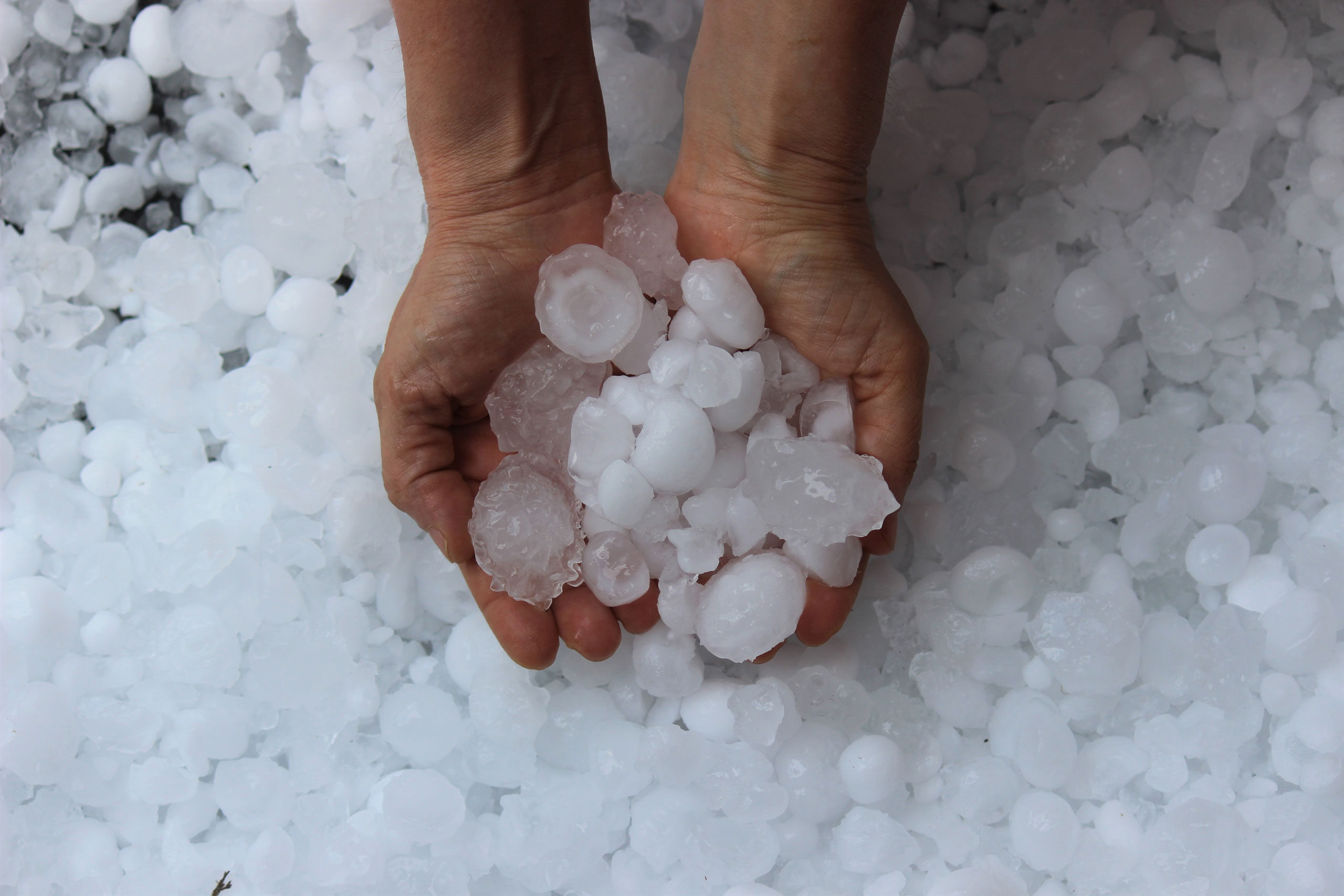Project of American Energy American Jobs Inc
© 2025 American Energy American Jobs Inc 
A large Houston-area solar farm suffered extensive damage in a recent hailstorm. Here’s what to know
Mar 28, 2024
Houston Chronicle, Claire Hao
A large solar farm about an hour southwest of Houston has attracted online attention after photos and videos emerged showing extensive damage to the panels in the aftermath of a severe hailstorm in the region two weeks ago.
In an email statement, a spokesperson for Copenhagen Infrastructure Partners confirmed its Fighting Jays Solar project was damaged by hail on March 15. The project spans 3,300 acres and can produce 350 megawatts of electricity, enough to power 70,000 Texas homes during the hottest summer days, according to the Fighting Jays Solar website.
The damaged solar farm continues to operate safely at a reduced capacity as its owners assess the impact of the storm on the project’s generation, according to the CIP spokesperson. “We have identified no risk to the local community or the environment,” the CIP spokesperson wrote.
According to the Fighting Jays Solar website, insurance policies are in place to cover catastrophic events such as a huge hailstorm. The CIP spokesperson didn’t answer questions about expected insurance losses. For context, a severe hailstorm in Pecos County that damaged more than 400,000 panels at the 178-megawatt Midway Solar project in 2019 resulted in insurance losses exceeding $75 million.
CIP declined to make anyone available for an interview. Plus Renewables, the parent company of Fighting Jay Solar’s co-owner AP Solar, didn’t reply to requests for comment.
Potential hazards
The hailstorm two weeks ago reportedly caused extensive damage to buildings and vehicles in cities such as Needville and Bellville. In Needville, near the Fighting Jays Solar project, some residents raised concerns about whether the shattered solar panels might pose a contamination risk to the soil and water.
Solar industry representatives said residents needn’t be concerned, as solar panels don’t contain sufficient amounts of hazardous materials to be harmful.
“It’s unfortunate that that investment seems to have gotten beat up pretty bad,” said Judd Messer, Texas vice president of the Advanced Power Alliance, a clean energy industry association. “But what’s at stake here is a big insurance claim, not an environmental hazard to the surrounding community.”
Fighting Jay Solar’s silicon-based panels don’t contain cadmium-telluride, according to CIP. The component is typically found on older solar panels, Messer said. Cadmium, one of cadmium telluride’s precursors, is toxic, though studies are limited on the effects of exposure to cadmium telluride, which is insoluble in water.
Silicon, meanwhile, is one of the most common elements on earth and not harmful, Messer said. Other materials in solar panels include glass, silver and ethylene vinyl acetate, the same material used to make Crocs shoes, said Justin Baca, vice president of markets and research for the Solar Energy Industries Association. Panels may also contain a “very small amount” of lead, though that is increasingly being phased out, Baca said.
The panels don’t contain liquids, Messer said.
Disposal of the damaged solar panels must follow Environmental Protection Agency regulations if they meet hazardous waste determinations, according to Ricky Richter, spokesperson for Texas Commission on Environmental Quality. The agency has no investigation nor testing planned at this time, Richter said.
Developers typically dispose of their panels at specialized solar panel recycling facilities, Messer and Baca said.
Reducing damage
Power generation resources, both fossil fuel and renewable, commonly experience both planned and unplanned outages for reasons such as maintenance issues.
Damage to utility-scale solar arrays caused by extreme weather is not new but is a growing problem. A 2021 report credited to insurer GCube found that 70% of solar losses from extreme weather in the 10 years occurred since 2017. Two types of weather have been particularly problematic: wildfires in California and hail in Texas, the two leading states for solar adoption.
Climate change is likely to fuel more severe and more frequent hailstorms, according to a white paper from PV Evolution Labs, an independent research organization for the solar industry. Meanwhile, deployment of utility-scale solar projects is a key part of transitioning away from burning fossil fuels, which releases climate-warming emissions.
Solar panels are built to the minimum standard of being able to withstand hail about an inch in diameter, Baca said. The Houston-area storm this month was reported to produce hail as large as golf balls, about 1.7 inches in diameter, he said.
Developers can choose to build their panels to a higher standard at more cost, Baca said. They can also use thicker glass or orient the panels to be vertical when a hailstorm is forecast.
“Building an indestructible facility is probably not going to be a cost-effective approach to doing things, but there is a balance to be had with mitigation strategies (and) building a plant for the place where it’s located,” Baca said.
